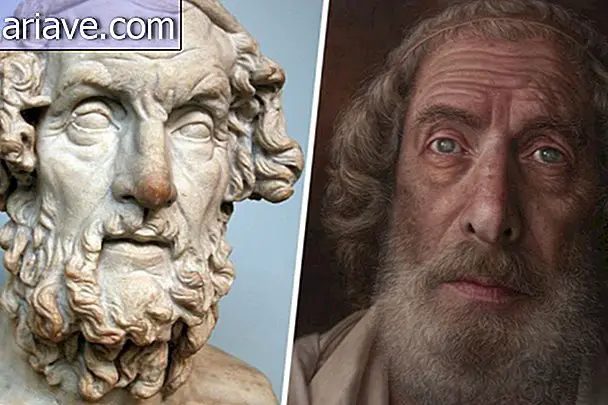The picture that changed the way people viewed AIDS in the 1990s
In November 1990, the now defunct US magazine Life published an impactful image that entered the history of photography. A father's dismay on the deathbed of his extremely debilitated son has presented the world with the human face of AIDS, which has claimed about 35 million lives since the pandemic began, according to the World Health Organization.
The young man who stares into what seems like a distant point in this world is David Kirby, who was an LGBT rights activist in the 1980s. It was also at the end of this decade that Kirby discovered that he had contracted the HIV virus. At the time, he lived in California and was distant from his family. The activist contacted his parents and asked if he could return home, saying that he wanted to die near his family, and they welcomed him.

The iconic photograph was clicked by Therese Frare, then a student of journalism. She followed the whole battle of Kirby, which was depicted in a series of images. "The day David died, I was visiting Peta (one of his caregivers). Some employees came to pick up Peta so he could stay with David, and then took me with him. I stayed outside the room when Mom David appeared and told me that the family wanted me to photograph the people who were saying goodbye to him, "Therese recalls.

The photographer stood in a corner of the room recording the scene in silence. Early on, she asked if Kirby didn't care about the pictures. "He said, 'Okay, as long as it's not for personal gain.' To this day I don't get any money for the images. But David was an activist, wanted to spread the word about how devastating AIDS was to families and communities. Honestly, I think that he was much more attuned to the importance of these photos, ”he says.

Kirby died in April 1990, just 32 years old, 7 months before the photo was published. It is estimated that approximately 1 billion people have had contact with this photograph, which has been intensively reproduced in newspapers, magazines and television channels around the world.
The image published in Life shocked the population of the United States. Until then, AIDS was viewed in a very abstract way and always surrounded by prejudice. Most people believed it was a "gay disease" because it hit more individuals in this portion of the population. Misinformation, coupled with homophobia, corroborated the authorities' disregard for the subject. Photography helped the public connect with the pain of those suffering the devastating effects of the disease, which had not yet been as sophisticated as it is today.

The photo was still the center of a controversy involving United Colors of Benetton. In 1992, the clothing brand used it in an advertising campaign, making Kirby's story reach a worldwide audience.
There were several criticisms of the image, including those of the Catholic Church, which saw the photo as an allusion to the historical images of Mary holding Jesus after the crucifixion. In 2012, Therese told Life that Kirby's father viewed the image positively, saying, “Listen, Therese. Benetton didn't use us or exploit us. We use it. Because of her, your picture was seen all over the world, and that's exactly what David wanted. ”
***
Do you know the Mega Curioso newsletter? Weekly, we produce exclusive content for lovers of the biggest curiosities and bizarres of this big world! Register your email and do not miss this way to keep in touch!











